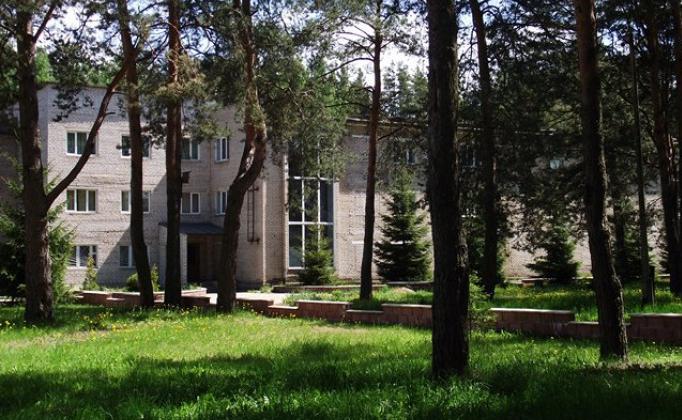Pskov Judicial Certificate - Famous Memomedieval law, allegedly created in Pskov in 1397 (this information is listed in the document itself). It describes the provisions of the Russian legislation concerning the judicial and criminal systems of those times. After studying it, you can learn about the many intricacies of the trial or about the penalties applied for certain violations.

The document is divided into two main parts, which,in turn, consist of several sections. The first part is devoted to the court: its types are listed, the procedure for holding the court is described, a description of judicial evidence and fees is given.
And in the second part, information is collected on criminal offenses, rules of crediting and inheritance, trading and drawing up contracts.
We analyze the most interesting moments.
Fines
Fines were appointed for robbery, brawl, theft,robbery and murder. The amount of money depended on the status of the person: for the boyar it was fifty rubles, for the “living person” - twenty, and for the “young person” - ten.
There were three types of fines, about whichPskov Judicial Charter mentions: sale (fine to the prince's treasury), compensation to the victim or his relatives and court fees. The amount was large enough for those times - the poor people most often did not have so much money, which made them dependent on the more affluent segments of the population: merchants, boyars, usurers.
State crimes
The document mentions a list of particularly seriousstate crimes. This is treason, an intrusion into the hall of a judicial institution, bribery, insulting an official. All of them were punished very effectively - the death penalty.
For less serious misdeeds it was only supposedone type of punishment - a variety of fines. This makes it possible to notice that the criminal law on the Pskov Judicial Charter was more compensatory than punitive.

Court of Prince and Posadnik
These two posts were interconnected:neither could judge without the presence of the other. They were representatives of two principles - state and local, which were indissolubly connected. The jurisdiction of this court included the treason and the golovshchina, robbery, battle and robbery.
Pskov's elected judges examined cases on hiring, loans, inheritances, purchases, and also on land ownership. The prince participated in this process.
Vladychny regent dealt with the affairs of clerics andthose who belonged to the church department. Of the secular personalities, it was attended by two bailiffs appointed by society. The litigations of church people with unchurched were dealt with by a master governor and regional judges.

At the trial of the Chamber, all decisions were made only as a whole.community. The prince and governor were not allowed on him. However, the letter does not say exactly what cases he considered. Most likely, the issues related to the entire city, as well as those that could not be resolved by other means, were analyzed.
Despite the fact that the Pskov Judicial CharterIt has reached our days not entirely, but with large gaps, it still serves as a unique source of not only the legal norms of its time, but also the everyday life of numerous segments of the population referred to in the document.











